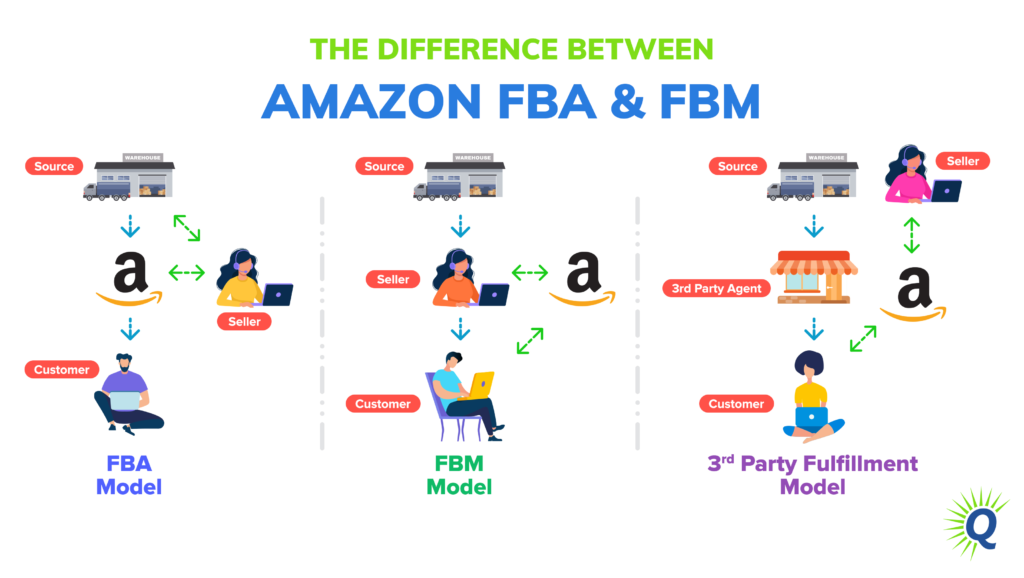
You've probably heard of the Amazon fee hike, whether you're an experienced or new Amazon seller. Although the fee increase is not expected to have any significant effect on your bottom line - especially if Amazon sellers are involved - it could have an impact on your bottomline. It's worthwhile to research how these changes could affect your company before they happen.
Amazon has been making changes in its fees over the years. These changes are mostly for heavier, larger items. Amazon will charge a 5% fuel surcharge for US FBA sellers. It also increased its variable final fee by 69percent.

Amazon announced it would launch an Electronics Accessories section. The minimum unit price for this category will be 0.50 GBP/EUR. You can also sell items below three pounds with the small and lightweight program. Amazon has also spent $15 billion on infrastructure and improvements to its fulfillment centers. These improvements may not be enough, however, to keep Amazon FBA vendors satisfied.
Amazon's new fee increase announcement was made on June 1st 2021. The increase is smaller than in previous years. 4.4% will be the average FBA rate for an item of standard size. Fortunately, the fee isn't due to rise until January, so you've got time to make adjustments to your inventory or your pricing before the hike kicks in.
Amazon has traditionally made an annual adjustment to its fees in January. However, the new fees won't be effective until January 18, 2020. It is a good idea for you to use the calculator to find out how these changes may affect your business.
One of most important changes is the dropping of the old 4 ounce packaging weigh. The new maximum weight for oversize items will be 1 pound. Amazon has historically charged more for heavier products. But that is all about to change in the new year. The other changes are also fairly minor.

Amazon has also announced a 5% fuel surcharge that will apply to both peak and non-peak fulfillment fees. In addition, the company introduced an "Aged Inventory Surcharge," which will apply to items stored in fulfillment centers for a period of 271 to 365 days. While the age of a product can impact how much it costs to ship it to a customer, the surcharge itself isn't a major factor.
The 5% fuel surcharge is a major improvement, but you'll need to do a little more research to see if it's worth the expense. If this isn't a good fit, you might look into other logistics options.
Amazon has been increasing fees since several years. The new fee hike is not the end of the road. This new fee increase is due to rapid expansion, rising operating costs and other factors. But, like most companies, Amazon is trying to offload some of its costs to its sellers. If you are a seller, you will need to decide how much Amazon FBA can be afforded and if it is worth it.
FAQ
What are the best days for online shopping?
The best day to shop for clothes online is Sunday because you have time to browse around all the different stores and find what you want. Monday is the best day to shop online for clothes. Tuesday is when you should do any last-minute shopping. Wednesday is the time to begin Christmas shopping. Thursday is the best day to start planning for Easter. Start preparing for summer holidays by planning for Friday. Saturday is the day to start getting ready for school holidays. Finally, finish up any remaining tasks from the week on Sunday.
What is the best way to shop online with a debit card?
It depends on what you buy and how much money. You don't have to pay any extra fees for credit cards. Instead, you can opt for a debitcard.
A debit card is a good option if you don't have enough cash to purchase a product.
A debit card is a way to withdraw money without having to pay interest or other fees.
You can also buy petrol and groceries at ATMs which is very convenient.
What are the pros and cons of shopping online?
Online shopping has many advantages for both retailers and consumers. The biggest advantage of online shopping is its convenience. Customers can shop wherever they are at any time. Because you don’t have to go into shops to shop, there are less restrictions on what you can buy. However, there are disadvantages. Online shoppers may not know how much an item is until they order it. This could cause them to spend too much. Customers may also feel more comfortable buying online from large-box stores as they are used to seeing the products in person. Customers who purchase something online, then decide not to keep it, won't be able to return the physical product. Online shopping could also make brick-and–mortar stores less competitive in order to keep their customers.
Where can I find coupons for online shopping?
There are two ways to find coupons for online shopping: 1) Go directly to the website of the company you plan to purchase from; 2) Search Google for coupon codes. While both methods work, some websites might be more difficult to navigate.
What about online shopping?
It is important that consumers know the information they are sharing with companies like Amazon.com. Asking consumers if they would like to share their personal data with Amazon is a good idea. If you do not wish to provide this information, you might have to limit your shopping at sites where you feel comfortable sharing private data.
Statistics
- According to the Federal Trade Commission (FTC), online shopping was the fourth most common fraud category for consumers as of February 2022.5 (thebalance.com)
- All items on AliExpress have an estimated delivery time on the product page, and it's usually anywhere from 20 to 60 days. (makeuseof.com)
- Your Online Purchases 79% of Americans purchased goods and services online in 2018, which is expected to exceed 90% in 2023. (meetfabric.com)
- Beyond that, you'll be liable for a 25% import tax. (makeuseof.com)
External Links
How To
How to shop online safely
Online shopping is one way to get goods and services at a very convenient price. But this convenience comes with a price. Online shopping has many advantages, but there are also risks. The biggest risk is identity theft. Identity theft is the biggest risk. Identity thieves can use your personal information (name, address and credit card number) in order to steal money or make fraudulent loans against you. The thieves then sell the stolen information on black markets. Here are some tips for staying safe online.
-
Secure websites. SSL encryption is available for free in most online shops to protect customer information. You can only see the information that you entered, such as names and addresses or credit card details. It blocks anyone from seeing the information you enter. It is important to verify that an authorized CA has issued a valid certificate before you shop online. When browsing, look for the padlock icon in the URL bar.
-
Don't give away your password. When you sign up for your first account, you will receive an email asking to confirm your username and email address. These credentials should not be shared with anyone. These credentials should not be written down. Someone could steal your wallet and gain access to your accounts. Instead, store them on your computer. Your passwords should be changed at least every three to four months.
-
Keep track of all your orders. You should keep track of all the places you send items, whether you are sending them to yourself or others. Many people are tricked into believing they have sent something, but it was actually delivered to another person. Before you send anything, always verify the tracking number. Always get proof of delivery before you ship anything. If you are not satisfied with the service, contact the company immediately.
-
Be aware of who you are dealing with. Many websites will require sensitive information from you, such as your name, date of death, Social Insurance Number, and bank routing numbers. These details will help identify you, so it is important to be cautious about giving them out. Google "what information does a website need" to find out if it is. and you'll find plenty of answers.
-
Beware of pop-up windows Pop-ups abound on many websites offering special offers, deals and other products. While some advertisements might appear legit, others will trick you into sharing private information. For example, an anti-virus program may ask for your credit card number, bank information, and social insurance numbers. Don't click on any links that seem suspicious to avoid being tricked.
-
Beware of Phishing Scams Phishing scams involve hackers posing as reputable companies to trick consumers into handing over their financial information. Phishers can send emails that look suspiciously like they are from banks or retailers. They encourage users to log on and update their account information. The hacker can access your finances once you have given your personal information. Hackers can also empty your bank accounts and transfer funds between accounts. Many resources are available on spotting a phishing scam, including How to Spot a Fake Email Scam.
-
Do your homework. Read the fine print before signing up to any deal. The terms and conditions of any contract you agree to must be clear and easy to understand. Take the time to review all terms and conditions carefully. Saving money is as simple as avoiding hidden fees and charges.
-
Shop around. Don't be afraid to shop around. Compare prices across many different websites until you find the best price. Compare shipping costs for multiple items. Shipping rates can vary widely depending on which website is used. For expedited shipping, it is worth paying a bit more.